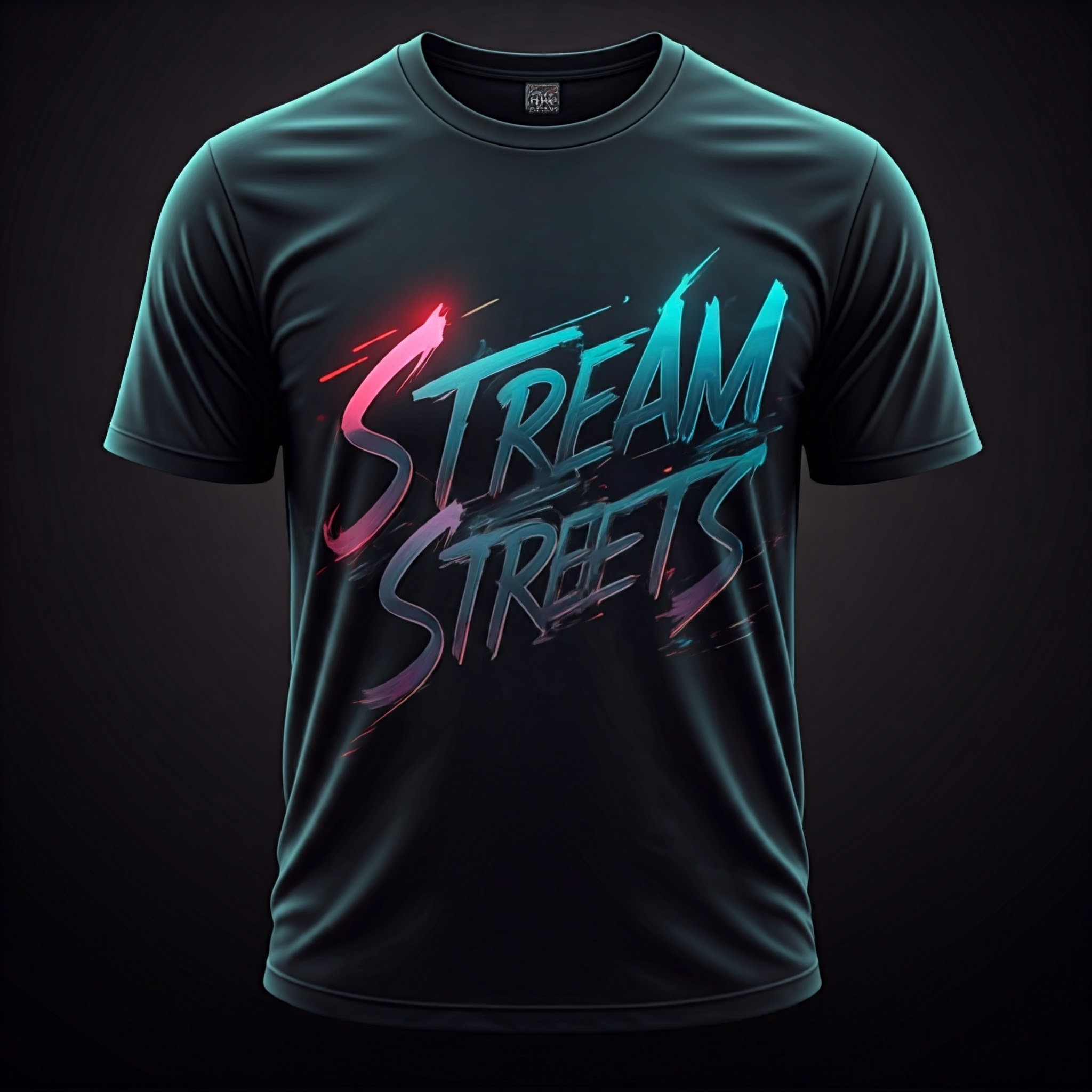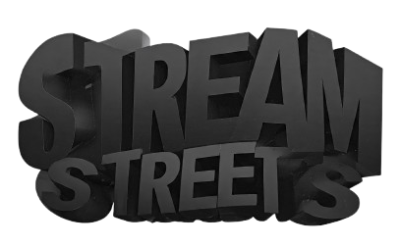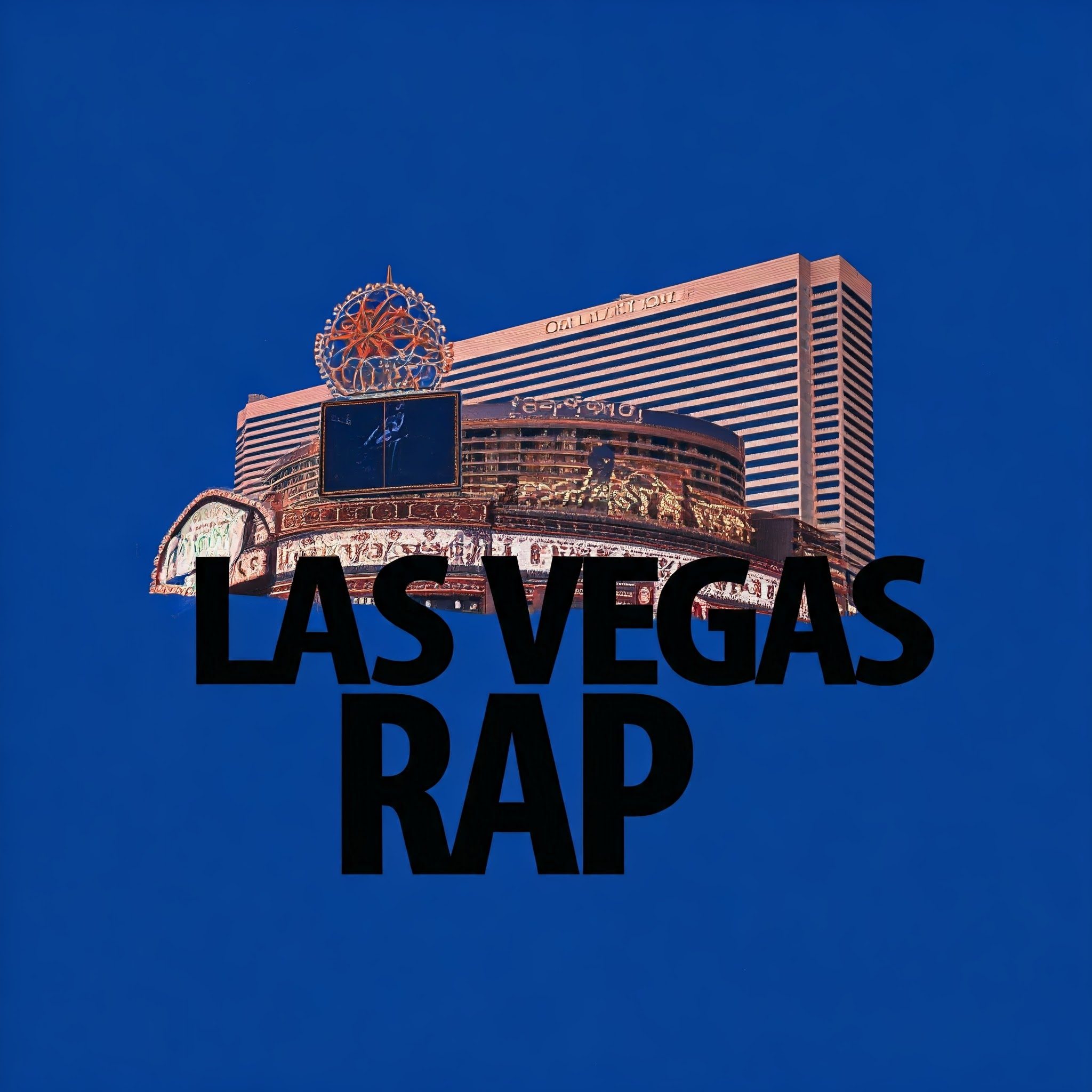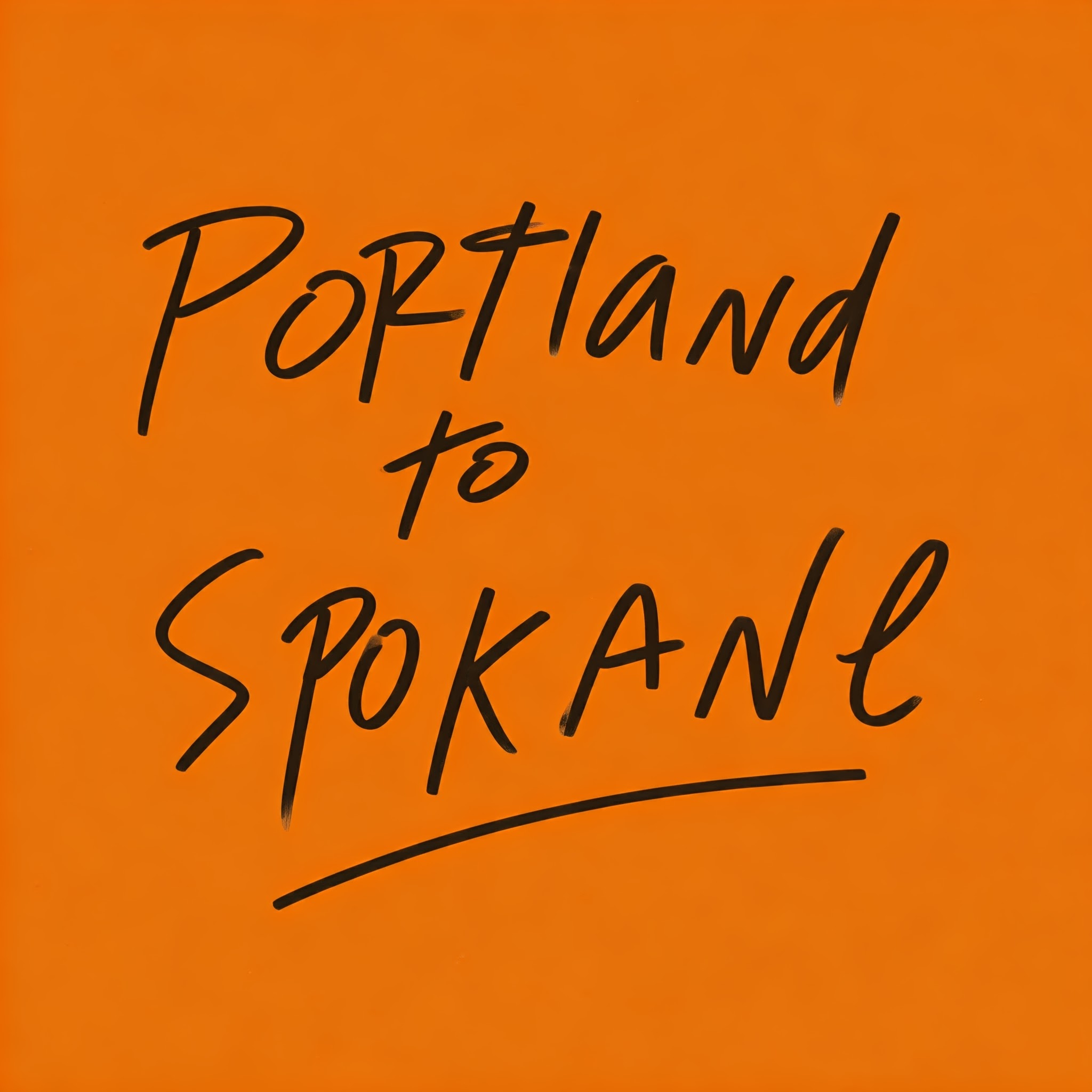
As an artist, one of the most rewarding ways to connect with your fans is through live performances. But beyond just the music, live shows present a unique opportunity to sell merchandise directly to your audience. Whether you’re performing at small venues, festivals, or large arenas, setting up a merch table is a fantastic way to increase your revenue, promote your brand, and create lasting connections with your fans.
In this article, we’ll discuss how to effectively sell merchandise at your shows, the benefits of having a merch table, and how to make your merchandise more appealing to your audience.
Why Sell Merchandise at Shows?
Selling merch at live events offers multiple benefits for artists:
- Direct Revenue Stream: Merch sales provide an additional source of income, which is especially valuable for independent or up-and-coming artists.
- Increased Visibility: Fans wearing your merch at concerts or in their everyday life become walking advertisements, spreading the word about your music and brand.
- Fan Engagement: Offering exclusive, artist-branded items helps create a stronger emotional connection with your audience. When fans buy your merch, they feel more connected to your music and your journey.
- Promote Upcoming Projects: Merch can serve as a promotional tool to spread awareness about upcoming albums, singles, or tours, especially when you offer limited-edition or tour-exclusive items.
Setting Up a Merch Table at Your Show
The key to a successful merch setup is presentation. A well-organized and visually appealing merch table not only attracts attention but also encourages fans to stop by and make a purchase. Here are the steps to setting up and running a merch table successfully:
1. Choose the Right Location
The location of your merch table can significantly affect how many fans stop by. Ideally, your table should be placed in a high-traffic area near the entrance or exit, where concertgoers naturally flow. You want to make it easy for fans to stop by before or after the show, so avoid setting up in a corner or an area that’s hard to access.
If you’re performing at a venue with multiple stages or areas, coordinate with the venue staff to ensure that your table is in a prime location where people will notice it.
2. Design an Attractive Display
A clean, visually appealing display can make a huge difference in how your merch is perceived. Invest in a branded tablecloth or backdrop with your logo, album art, or tour graphics. This helps establish a professional look and draws attention. You can also use displays, such as stands or racks, to keep shirts and other items neatly arranged and easy to browse.
Consider adding banners or posters with visuals related to your music, upcoming releases, or concert dates to further engage fans.
3. Stock a Variety of Products
Fans appreciate having different options to choose from. Offer a variety of merchandise that reflects your brand and appeals to different tastes. Here are some common types of merch you can sell at shows:
- T-Shirts and Hoodies: These are the staples of any artist’s merch table. Make sure you offer a variety of sizes (S, M, L, XL, and even plus sizes if possible).
- Accessories: Items like hats, beanies, wristbands, and tote bags are popular choices. They’re affordable and easy to display, and they give fans something more subtle to represent your brand.
- Posters and Prints: If you’re an artist or band, posters are a classic merch item. Consider selling signed or limited-edition prints for a higher price point.
- Vinyl and CDs: If you’re a musician, physical copies of your music (vinyl records, CDs, or even cassettes) are great options for fans who like to support you directly.
- Specialty Items: Limited-edition items, like signed posters, tour-exclusive merch, or special collectibles, can create a sense of urgency and exclusivity that encourages people to make a purchase. These could be designed specifically for a particular tour, album release, or event.
4. Price Strategically
Pricing your merch appropriately is key to maximizing sales. While you want to ensure that your merchandise is affordable to fans, you also need to cover your production costs and make a profit. Here are some tips:
- Have a Range of Price Points: Not everyone will want to spend a lot of money on merch, so have items at different price points. For example, stickers and keychains can be low-cost items, while limited-edition t-shirts or signed posters can be priced higher.
- Discounts for Bundles: Offer deals like “Buy 2 t-shirts, get 1 free” or discounted prices when fans purchase multiple items. Bundles are an excellent way to encourage fans to buy more.
- Cash and Card Payments: Ensure that your merch table can accept both cash and card payments. Set up a mobile payment option, like Square or PayPal Here, so fans can use their credit or debit cards. Offering contactless payment is a must for convenience and safety.
5. Staff the Table with an Enthusiastic Team
Having friendly, enthusiastic staff at your merch table can make all the difference. It’s essential that the people helping you sell your merch are personable, approachable, and knowledgeable about your products. If you’re selling at a big show and can’t staff the table yourself, consider asking a friend or someone from your team to handle it for you.
Ensure your staff knows about any limited-edition items or special offers and can engage with fans. A warm interaction can encourage fans to support you and purchase something.
Marketing Your Merch at Shows
Once your merch table is set up, the next step is marketing. Here are a few strategies to get more eyes on your merchandise and encourage purchases:
1. Announce Your Merch During the Show
When you’re performing, mention your merch table to the audience during the show. Tell them where it’s located and what items are available, especially if you have new or exclusive merch. If you have special limited-edition items for the tour, let people know they’re only available for a limited time.
2. Social Media Promotion
Before and during your show, use your social media channels to promote your merch table. Post sneak peeks of the items you’re selling, and encourage fans to stop by. If you’re selling limited-edition or signed merch, hype it up on Instagram Stories, Twitter, or Facebook.
You can also set up a merch-specific hashtag so that fans can share photos of themselves wearing your merch or at the table. This social proof helps promote your brand and encourages others to buy.
3. Offer VIP Access or Meet-and-Greet Bundles
If you want to make your merch sales even more exclusive, offer special bundles that include a meet-and-greet or VIP access to the show. Fans will be more likely to purchase higher-priced items if they come with the added bonus of a personal connection with you.
4. Collaborate with Local Vendors
At larger festivals or concerts, you may find that other vendors are selling similar items (e.g., posters, jewelry, or accessories). Collaborating with these vendors to cross-promote your merch can help attract more people to your booth. For example, you could arrange for the vendor to include a flyer or discount coupon for your merch with their product sales.
Tips for a Smooth Merch Table Experience
- Keep Track of Inventory: Track your sales and inventory during the show. Ensure you have enough stock to meet demand without overpacking your merchandise.
- Stay Organized: Keep your table organized, with everything clearly displayed and easy to access. This will not only make it easier for you to manage but also give a professional vibe to your merch table.
- Be Ready to Sign: Fans love personalized interactions. Keep a Sharpie handy and be ready to sign posters, albums, or anything else fans buy at the table.
Conclusion
Selling merchandise at shows is a great way to generate revenue, promote your brand, and deepen your connection with fans. The key to success is creating an inviting, well-organized merch table with a variety of items at different price points. Engage your audience both during the show and on social media to create excitement around your merchandise. By offering high-quality, exclusive items, you’ll give fans a meaningful way to remember the experience and keep supporting your music or brand long after the show ends.
With the right strategy and setup, your merch table can become an essential part of your live performance experience and an important revenue stream for your artistic career.





